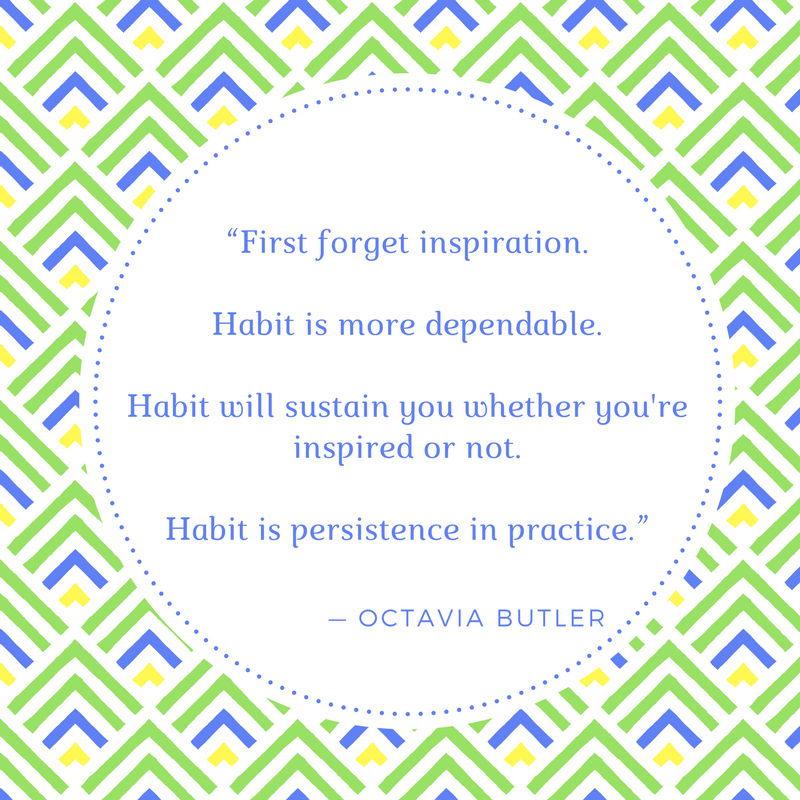Stress and shame was written across the foreheads of the husband and wife sitting across from me.
Four white walls surrounded us, a laminate desk separated us. Uncertainty emerged at intervals by means of a barely noticeable wheezing emanating from both spouses. Stress levels were very high.
Shortness of breath is common in those suffering from obesity. This couple had recently married, but they weren’t sitting across from me to start their bridal body transformation.
No, instead they were there because a doctor had told them their marriage would be short lived, that one of them was going to have a heart attack if they didn’t lose a substantial amount of weight.
Fear can be a powerful motivator, but it is rarely a positive one. Queens, politicians, and even mid-level managers have, for eons, been using it as a means of motivating subordinates.
Does it work? Perhaps. But the widely accepted view is that fear motivation only gets the bare minimum done. You might keep your job, but you’re not going to go that extra mile that ensures groundbreaking progress and gets you a promotion.
I have, over the span of my career, had countless clients in similar situations referred to me by means of fear tactics.
“Your blood pressure is through the roof. Stop eating so much food or die young!”
“If you don’t lose some weight this medication is a waste of time.”
“Type II diabetes isn’t a joke! Say goodbye to bread!”
These negative comments are accompanied by false assumptions, shame, and high stress levels. They are not effective, and neither do they help improve the situation.
There is much we can unpack from these thoughtless comments, but I want to focus on motivational fear as being the incorrect tool to use. I know, for a fact, that most of these health practitioners mean well and want the best for their patient. But where is the disconnect?
Logical reasoning almost never works as a motivational tool. It does not matter how much sense a statement makes; it has very little power when used to motivate change in people.
Society is in agreement: smoking is bad for you and may even end up killing you, but people still smoke cigarettes.
In the book “Motivational Interviewing”, Dr.’s Miller and Rollnick state that, “When a helper uses a directing style and argues for change with a person who is ambivalent, it naturally brings out the person’s opposite arguments.”
This explains why knowing that smoking cigarettes could kill you isn’t always enough to stimulate change. Logic or facts as motivational tools can have the opposite effect, causing deeper ambivalence or leading to people adopting the opposite argument.
This is where practitioners using motivational fear as a tactic fall short. You see, the best of intentions and the most damning of lab results isn’t enough to ensure change.
The thing is, before being successful at initiating change for ourselves, or our clients, we first need to understand the six stages of change model that Dr. Carol J. Scott writes about in her book, “Optimal Stress”.
The model was originally developed by James Prochaska and Carlo DiClemente during the late 1970’s while studying addiction. Since then, many professionals, have expanded on it.
Stage One: Precontemplation
Precontemplation is the stage during which a person has not yet changed their mind. They may even defend their behavior or habit if constantly hassled to change it. As an example picture someone driving through a neighborhood while being yelled at to slow down but who refuses to see or admit the danger.
Stage Two: Contemplation
Contemplation is when you’re just beginning to acknowledge that there is a problem but you are not entirely sure you want to make a change. Let’s use the previous example of the same person driving through a neighborhood at high speed. Suddenly, he notices a sign that says, “Slow: Children At Play”. He may start to think about slowing down. This stage opens the door to constructive education and input from others.
Stage Three: Preparation/Determination
Stage three sees our fast driver remembering to slow down sometimes – but not all the time. Preparation is the stage when behavior change is off and on. There is an active seeking of information in order to change the behavior.
Stage Four: Action/Willpower
The action stage sees a consistent change in behavior for less than six months. The fast driver has more frequent bouts of slower driving and may even ask for reminders from friends and family to help commit to the habit.
Stage Five: Maintenance
Maintenance means maintaining the behavioral change and not falling into the temptation posed by old habits. Our fast driver is running late for work yet doesn’t let the temptation of putting the pedal to the metal throw him off track. This stage is proven when the new behavior sticks for more than six months. People in this stage have developed skills and coping strategies that anticipate situations where they might relapse into their old habits.
Stage Six: Relapse
Dr. Scott writes in her book, “Remember, it is normal and natural to regress, to attain one stage, only to fall back to a previous stage.”
This statement is crucial to understanding the final stage. Relapse is not the goal, but it may be a normal aspect of behavioral change. Many things might trigger a relapse in judgment for our fast driver. However, analyzing the reason for a relapse is probably the most useful strategy for future change creation.
Considering the change process allows us to be more sensitive to ourselves as well as others. If a health practitioner notifies a patient about a necessary change, they may initially be met with defensive behavior.
Instead of forcing facts down someone’s throat, we should rather work around someone’s readiness for change. A person that motivates by fear doesn’t empower or help others. Change is intimidating, but by using the six stages of change we can create a new realm of possibility.
One of the most important things you can do to develop new behaviors is to understand your readiness for change.
It is crucial that you understand how willing you are to adopt new practices, whether gradually or quickly, according to what feels right to you.
Are you ready to change your stress levels? To find out, take my Readiness For Change Questionnaire (Download Here).
If you take my questionnaire and decide it might be time to get some help, send a picture of your form to me contact@zeeksfitfreaks.com. I’m giving away a free 15 minute stress free success call for everyone that fills it out.
Don’t wait, free yourself from high levels of stress today!
Lift Life Fit Freak!
-Zeek





